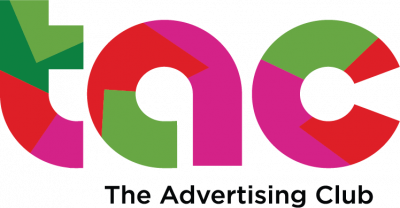Laughand the viewers —and advertisers — laugh with you. That’s a formula working like a charm for broadcasters who are riding on the increasing popularity of comedy programming.
And with a record 151 million people watching comedy shows on Hindi general entertainment channels in the first 10 months of 2012 —as per data from TAM Media — marketers at Procter & Gamble, L’Oreal, Nokia, Samsung, M&M and Vodafone are jostling for ad spots on a variety of standups and sitcoms on Hindi, English and even regional entertainment channels.
According to TAM data sourced from a broadcaster, the comedy genre was the second-largest contributor to ratings, after action/thrillers between week 49 and week 52 in six metros. Among English programmes, half of the top 10 shows were comedies in seven metros in this period.
These include comedies like Everybody Loves Raymond, Last Man Standing and How I met your Mother.
Reliance Broadcast Network, a part of the Anil Ambani-led Reliance Group, is working on producing Prime Nights, a stand-up comedy property. The company is currently engaged in discussions with sponsors. “We will do onground events and televise them in order to reach out to a larger audience,” says Tarunk Katial, CEO, RBNL, which has a joint venture with BIG Studios. Says Abraham Koshy, professor at IIM-A: “The audience may enjoy seeing others’ sorrows on national TV, but such programmes may not be popular in terms of brand association. Brands prefer to associate with happiness.”
“Every brand wants to get associated with comedy,” adds Rohit Gupta, president network sales, MSM India, which has channels like Sony Entertainment, SET Max and SAB TV in its bouquet.
SAB TV is a Hindi channel focused entirely on comedy, and Sony TV has Comedy Circus, a reality-based stand-up comedy show that is one of its most popular programmes. Comedy Central, the English entertainment TV channel owned by Viacom18 Media, which completes a year this week, has done “exceptionally well”, according to business head Ferzad Palia. “The channel is expected to break even much ahead of the original business plan on the back of strong advertising and subscription revenues,” adds Palia without sharing financial details.
Endemol India, which was the one of the first production houses to bring in stand-up comedy shows on Indian television about eight years back, is experimenting with formats such as comedy panel game shows and sitcoms.
“We plan to bring in new formats to India in line with the international markets that have popular comedy game shows and sitcoms. Talks are on with broadcasters,” says Deepak Dhar, chief executive, Endemol India, adding, “This is a staple diet for Indian audience.” Endemol boasts of shows such as Bigg Boss, Laughter Challenge, Fear Factor – Khatron Ke Khiladi, Jo Jeeta Wohi Super Star, Wipeout and Chottey Miyaan.
Advertisers for their part have a sound reason for associating with the comedy genre.
“When consumers are watching content in a good or happy state of mind, the message is clearly more effective. Comedy shows are often watched by families which helps a lot of brands get the message across in the right way to the right set of audience,” says Alok Bharadwaj, senior vice-president at Canon India. TAM data indicates that comedies are most popular with kids (between 4 and 14), the 15-24, 35-44 and 45-54 age brackets, which pretty much covers most of the Indian demographic.
According to media planners, comedy attracts advertisers from automobile makers to financial services providers and from shampoo brands to telecom companies.
According to Hiren Pandit, managing partner with media-buying agency Group M, brands that use the humour element in their advertising prefer to ride on comedy. “However, brands cannot survive purely on the back of one genre and should plan the media mix diligently,” he adds.
Source: indiatimes.com
